
“Ei iial üksi. Mikroobid – taimede, loomade ja ühiskonna alus”
Taimed ja loomad, sealhulgas inimene, on ümbritseva maailmaga vastastikku kasulikus suhtes. Mullas ja vees, juurtes ja latvades, igas elusolendis kihab vilgas elu. Meid ei jäeta hetkekski omapead, iial ei saa öelda, et oleme üksi. Meie kaaslasteks on tibatillukesed olevused, kelle abita me ei sööks ega hingaks. Mikroorganismide olemasolu on lubanud tekkida ja areneda taime- ja […]

“Кавалергарды на службе России”
Петр Великий основал в 1724 году Кавалергардский полк, самый блестящий полк Императорской Гвардейской кавалерии. Однако самоотверженная служба кавалергардов своей родине в тяжелые времена мировой истории – Великая война, революция, Гражданская война и последовавшие трудные условия в эмиграции – показала, что кавалергарды были блестящими не только на парадах. Единение и дружба в Кавалергардской Семье придавали им […]

“Православный Ревель Петра I”
В этой книге – два главных героя: царь Петр I и Ревель (сегодняшний Таллин). Их встреча состоялась намного раньше, чем нога Петра I вступила в сам город. Именно тогда было положено начало особому диалогу между ними. Впрочем, Петр больше говорил, а город помалкивал, и иногда возражал. Они общались на малопонятном сегодня языке – языке изысканных […]

“Järvamaa mõisad”
Maalilisel Järvamaal leidub uhkeid härrastemaju ja põliseid parke, suurejoonelisi losse, nagu Väinjärve või Kolu, tõelisi aadlipaleesid, nagu Roosna-Alliku, Purdi või Aruküla, kunagist hiilgust meenutavaid varemeid, nagu Mäo, ning salapäraseid või isegi süngeid ja ebamaiseid mõisarahulaid ja kirikaedu. Paljudes Järvamaa mõisaansamblites on praeguseks suudetud kunagine ilu taastada, ent omaaegse toreduse jälgi aimub ka hüljatud varemetest, maalingufragmentidest […]
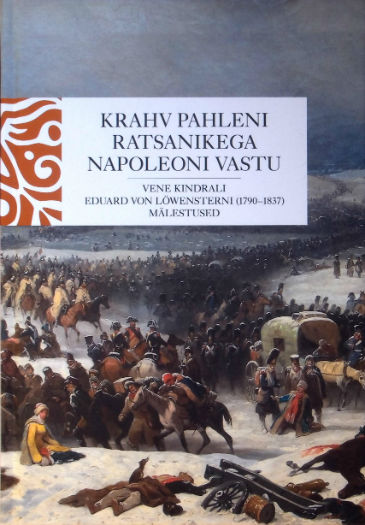
“Krahv Pahleni ratsanikega Napoleoni vastu. Vene kindrali Eduard von Löwensterni (1790–1837) mälestused”
Üheksateistkümnenda sajandi alguses pea kogu Euroopat haaranud Napoleoni sõdades osales Venemaa poolel arvukalt Eesti alalt pärit baltisakslastest sõjaväelasi, kelle hulgas sõdis Vene armee kergeratsaväe koosseisus ka vanast Löwensternide suguvõsast pärit Eduard von Löwenstern. Noore Löwensterni sõjatee algas 1806. aasta oktoobris sissemarsiga Preisimaale, sellele järgnes mitu aastat tegutsemist garnisonides Kuramaal ja Poolas, 1810. aastast alates krahv […]
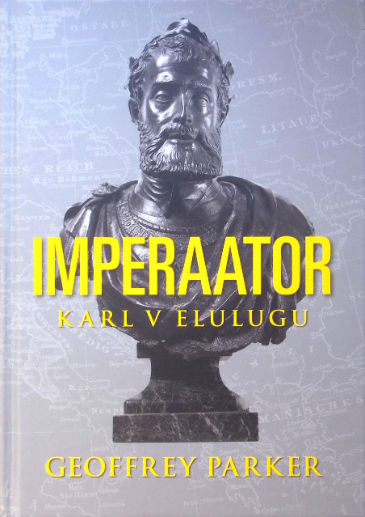
“Imperaator. Karl V elulugu”
Tema impeeriumis ei loojunud päike mitte kunagi. Saksa-Rooma keisri Karl V (1500–1558), Hispaania, Saksamaa, Madalmaade ja suure osa Itaalia ning Kesk- ja Lõuna-Ameerika valitseja elu ja tegevus on sajandeid ajaloolasi intrigeerinud ja neile mõtteainet pakkunud. Kuid hoolimata säilinud dokumentide rohkusest on elulookirjutajate ülesannet alati raskendanud keisri eraklik loomus, pidev ringireisimine oma valduste vahel ning maailma […]
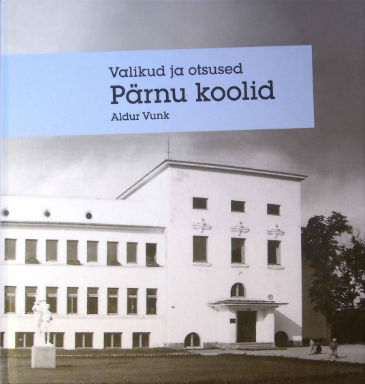
“Valikud ja otsused. Pärnu koolid”
Pärnu linn on koolidega seotud alates aastast 1251, juba umbes 30 põlvkonda. 1666. aastal sai Pärnust alguse ka eestikeelne rahvaharidus. Neile aastaarvudele eelnes aga paljude aastasadade pikkune areng, mille traditsioonid on tajutavad veel meie tänases ühtluskooliski. Kuigi viimase seos antiikse kogukonnakooli või keskaegse kirikukooliga on veel vaevu tajutav, pole neid juuri meenutamata kerge vastata näiteks […]
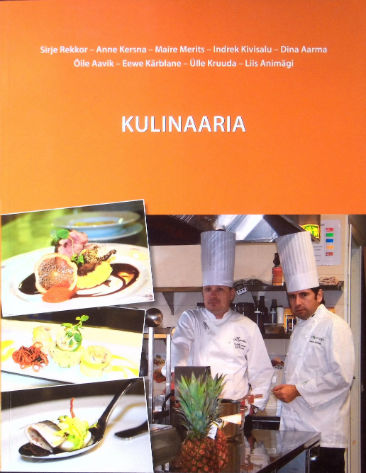
“Kulinaaria”
Viies trükk. Õpikut on võrreldes esmatrükiga oluliselt täiendatud ja kaasajastatud, lisatud on koguni üheksa uut peatükki.Üheksa autorit on õpiku koostamisel lähtunud eelkõige toiduvalmistamise õpetamise vajadustest kutsealases koolituses. Õppimise tõhustamiseks on kõigi 31 peatüki lõpus kordamisküsimused ja harjutusülesanded teadmiste kinnistamiseks ja loovuse arendamiseks. Rohkesti vajalikku teavet pakuvad õpiku lisad. Õpiku koostamisel on aluseks võetud Haridus- ja […]

“Supervulkaanid. Mida need räägivad Maast ja kaugetest maailmadest”
Vulkaanid ei ole hävitajad, vaid hoopis loojad: vägagi tõenäoliselt on just tulemäed loonud Maal nii lopsaka ja mitmekesise elu. Nad toovad planeedi sügavustest pinnale materjali, mis aitab teadlastel lahti harutada planeetide tekkelugu ja ehk isegi vaadata tulevikku. Kas Maa vulkanismi mootoril töötav, Päikesesüsteemis ainulaadne laamtektoonika ongi see ime, mis lubas elul tekkida ja püsida? Kui […]
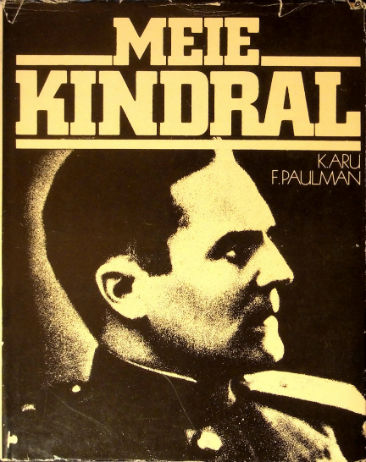
“Meie kindral”
Meie kindralit, Nõukogude armee 41. Kaardiväe Eesti Tallinna Laskurkorpuse komandöri Lembit Pärna teavad kõik. Lembit Pärna sõjakaaslased kindral Karl Aru ja polkovnik Feodor Paulman on kirjutanud raamatu korpuse mehise komandöri kindralleitnant Lembit Pärna elust, õpinguist sõjaväeakadeemiates, karmidest võitluspäevadest Suures Isamaasõjas ning kindrali hilisemast pedagoogitööst Moskva sõjaväeakadeemias. Illustreeritud arhiivifotodega.
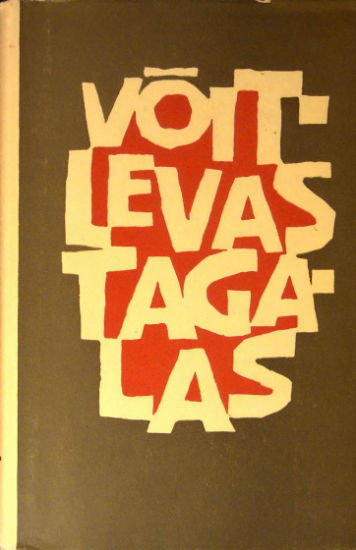
“Võitlevas tagalas”
Eesti NSV-st 1941. aastal evakueerunute mälestusi oma elust ja tegevusest Nõukogude tagalas Suure Isamaasõja aastail Kogumikku on võetud Suure Isamaasõja karmidel aastatel Eestist Nõukogude tagalasse evakueerunud, seal töötanud ja õppinud inimeste mälestusi, mis viivad lugeja paljudesse paikadesse ning mitmetele radadele. Need memuaarid ei pretendeeri täieliku ülevaate andmisele, kuid võimaldavad noortel paremini tunnetada Isamaasõja-päevade heroismi.
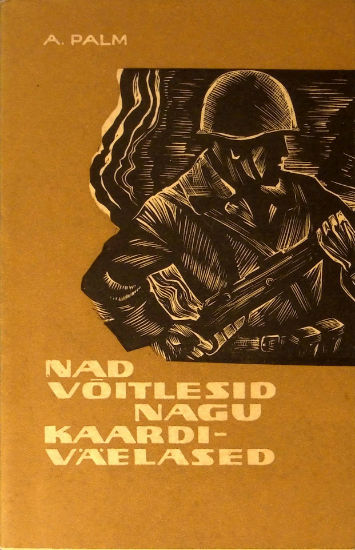
“Nad võitlesid nagu kaardiväelased”
Autor meenutab Velikije Luki vabastamislahinguid, kusjuures peatähelepanu on pühendatud 249. eesti laskurdiviisi üksiku õppepataljoni kangelaslikule võitlusele.
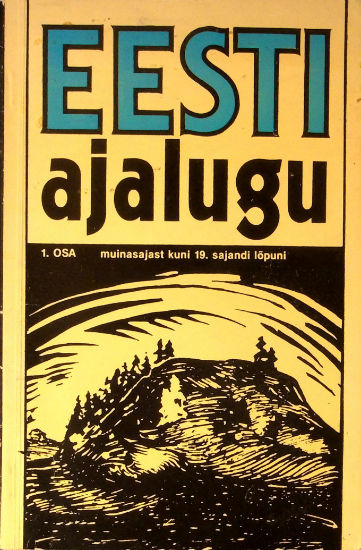
“Eesti ajalugu I ja II. 2 raamatut”
raamat “Muinasajast kuni 19. sajandi lõpuni. Konspektiivne õppematerjal keskkoolile” Õppevahendi eesmärgiks on tõepärase materjali esitamine õpilastele. Siin ei ole järgitud kooliõpikule esitatud metoodilisi nõudeid. Tegemist on pigem käsiraamatuga nii õpetajale kui õpilasele. Sisu: Esi- ehk muinasaeg Muistne vabadusvõitlus 13. sajandi algul Eesti keskaeg Eesti Rootsi riigi koosseisus Eesti 18. sajandil Eesti 19. sajandi esimesel poolel […]
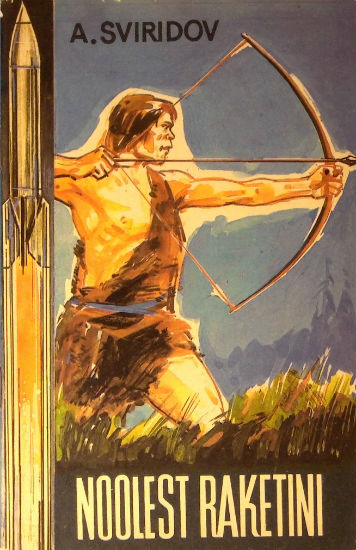
“Noolest raketini”
Raamat tutvustab relvade kujunemist ürgajast tänapäevani. Vibu ja nool Viskemasin Suurtükid Vintpüss «Katjuuša»
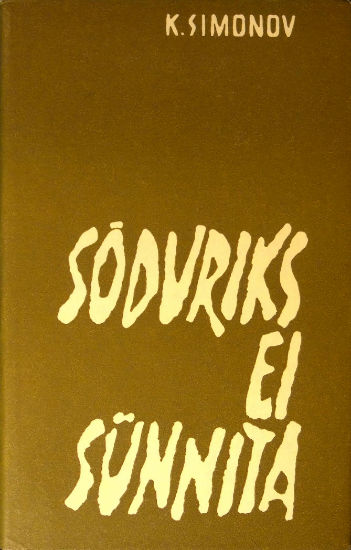
“Sõduriks ei sünnita I-II. 2 raamatut”
K. Simonovi triloogia teise raamatu „Elavad ja surnud” sündmused leiavad aset 1943. aasta talvel – Stalingradi lahingu ettevalmistamise ja läbiviimise ajal, mis oli pöördepunktiks mitte ainult Suure Isamaasõja, vaid kogu Teise maailmasõja ajaloos.
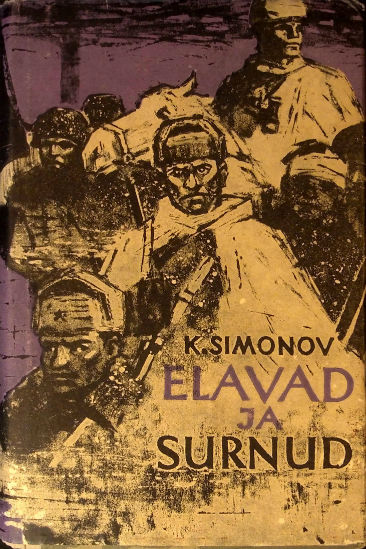
“Elavad ja surnud”
Sõjaromaan küll, kuid hämmastab ja paelub lugejat sügava psühholoogilise analüüsiga, millega nii suuri kui väikseid sündmusi saadetakse. Suure Isamaasõja kõige esimene lühike periood – selle algupäevadest peale kuni Nõukogude armee suure pealetungi alguseni 1941. a. lõpul, täis üllatusi, pettumusi ja raskeid sündmusi, leiab kirjaniku poolt üksikasjalikku valgustamist nii riiklikust ja üldrahvalikust seisukohast kui ka võitlusest […]
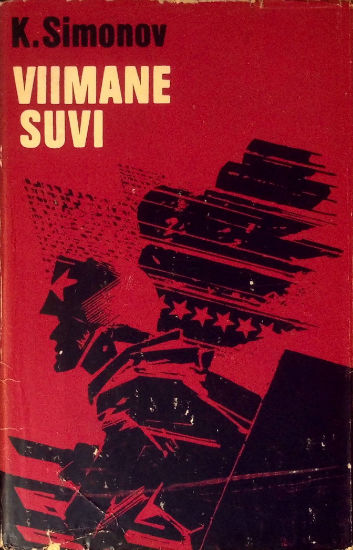
“Viimane suvi I-II. 2 raamatut”
Romaanis „Viimane suvi“ jätkab tuntud vene kirjanik Konstantin Simonov lugu oma peategelaste kangelaslikest saatustest: kindral Serpilin, kindral Lvov, kindral Boiko, kolonel Iljin, kapten Sintsov, keda lugeja juba tunneb romaanidest „Elavad ja surnud“ ja „Sõduriks ei sünnita“. Ka kolmas romaan pälvis kriitikute tähelepanu ja selle sisu oli aluseks kuulsa filmieepose „Vabastamine“ stsenaariumile „Pealöögisuund“. Romaani peamine tegevus […]
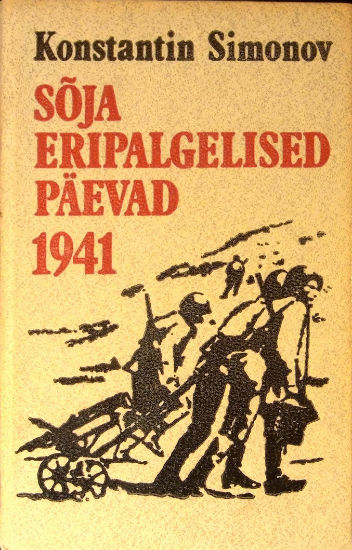
“Sõja eripalgelised päevad I-II. 2 raamatut”
raamat “Kirjaniku päevik, 1941. aasta” Tuntud vene nõukogude kirjaniku Konstantin Simonovi (1915-1979) rindepäevikutel ja sõjamärkmetel põhinev raamat, mis jutustab nõukogude rahva kangelaslikust võitlusest fašistlike okupantidega raskel 1941. aastal. Teos on dokumentaalne, selles pole väljamõeldud isikuid ja kõikjal, kus autor vajalikuks pidas, kasutab ta sõjasündmustest osavõtnute õigeid nimesid. Lisatud on rohkesti kirjaniku mõtisklusi ja arhiivmaterjalile tuginevaid […]






